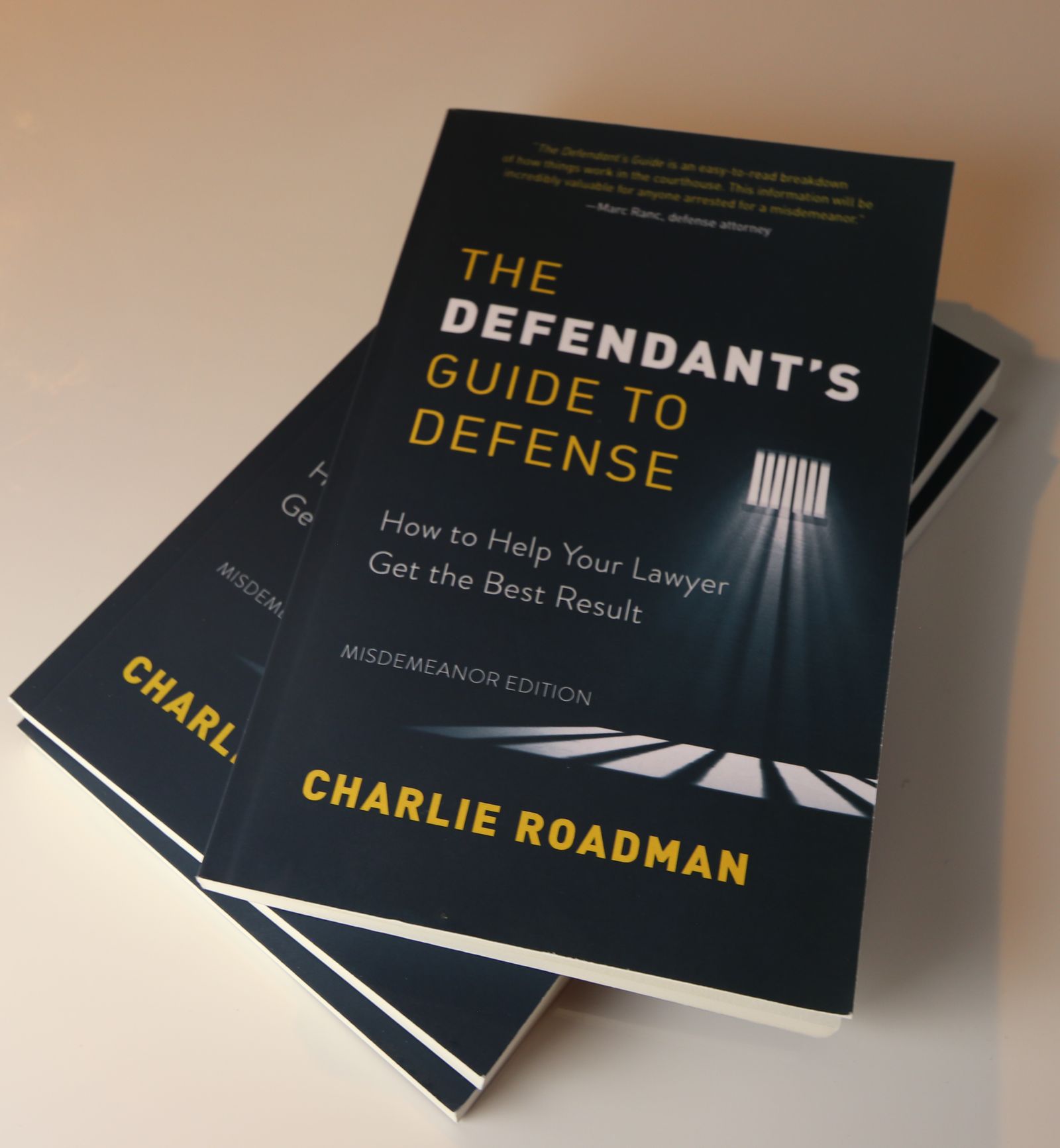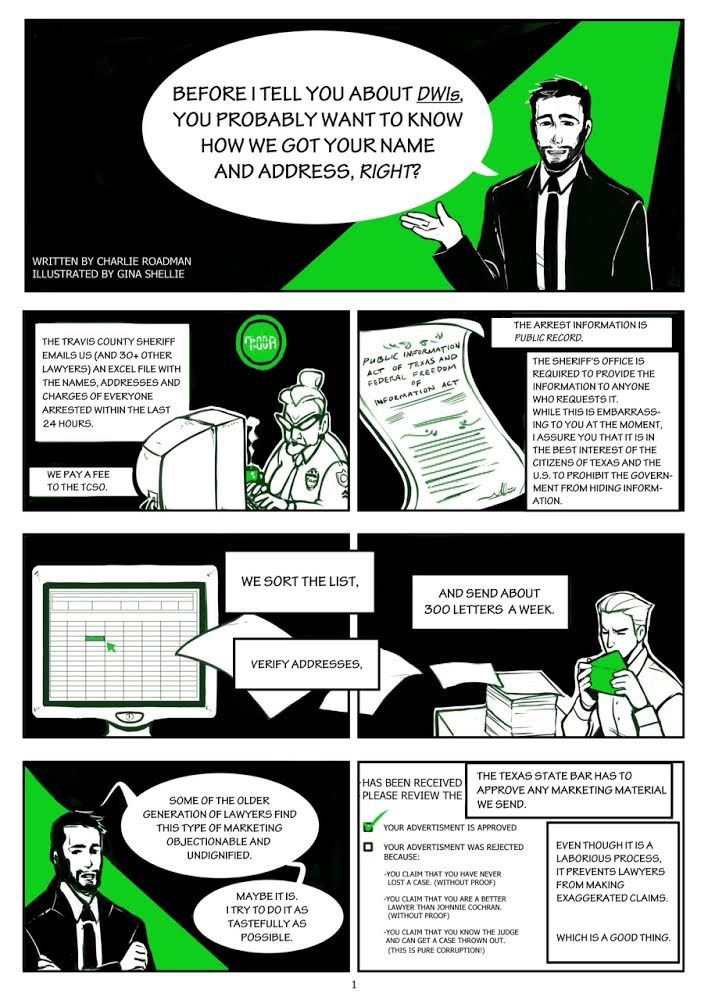DWI Timeline and Blood Alcohol Content
DWI Timeline and Blood Alcohol Content
FAQs
Q: What is the first step in a DWI arrest related to Blood Alcohol Content (BAC)?
A: The first step involves police contact, either through a traffic stop, or if you're already pulled over, especially in cases involving a crash.
Q: What happens after initial police contact in a DWI situation?
A: After initial contact, the police will typically engage in a brief conversation, checking your ID and asking basic questions. If they suspect intoxication, a DWI investigation begins.
Q: What tests are conducted during a DWI investigation?
A: The investigation usually involves Field Sobriety Tests, such as the walk and turn, one-leg stand, and the horizontal gaze nystagmus test.
Q: What is a Portable Breath Test (PBT), and how is it used?
A: A PBT is a handheld device used to test breath for alcohol. In Travis County, it's commonly used but not by all officers. Its results are seen by prosecutors and judges but not shown to a jury.
Q: What are the implications of blowing a 0.05 or higher on the PBT?
A: If you blow anything higher than 0.05, you are likely to be arrested. This is due to the possibility of intoxication from other substances in addition to alcohol.
Q: What happens after an arrest in a DWI case?
A: Following an arrest, there's usually a drive to the station, which can take from 10 to 45 minutes. Then you'll be asked for voluntary breath or blood samples.
Q: What if I refuse to give a voluntary breath or blood sample?
A: If you refuse, a warrant is typically obtained (about 90% of the time), allowing for a mandatory blood draw.
Q: What counts towards the level of offense in a DWI case?
A: The BAC from voluntary breath or blood tests, or from a blood draw after a warrant, is what counts towards the level of offense.
Q: Can you explain reverse extrapolation or retrograde extrapolation in DWI cases?
A: Reverse extrapolation involves estimating your BAC at the time of driving based on tests conducted later at the station. The legal concern is whether you were over the limit while driving, not later.
11. Is it possible to accurately determine BAC at the time of driving?
A: It's challenging to determine the exact BAC level at the time of driving. Various factors, including individual alcohol processing rates, make it difficult to ascertain.



